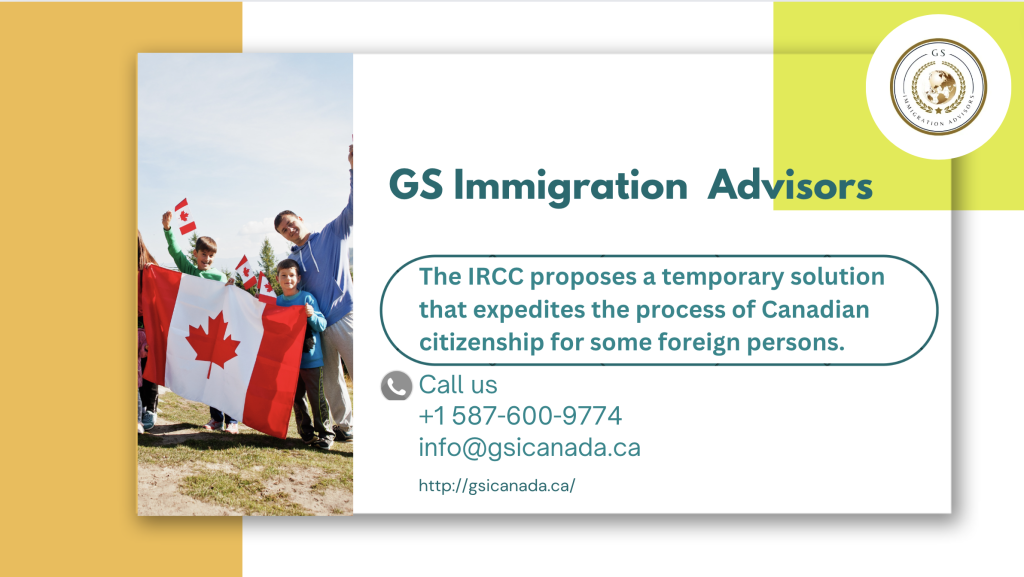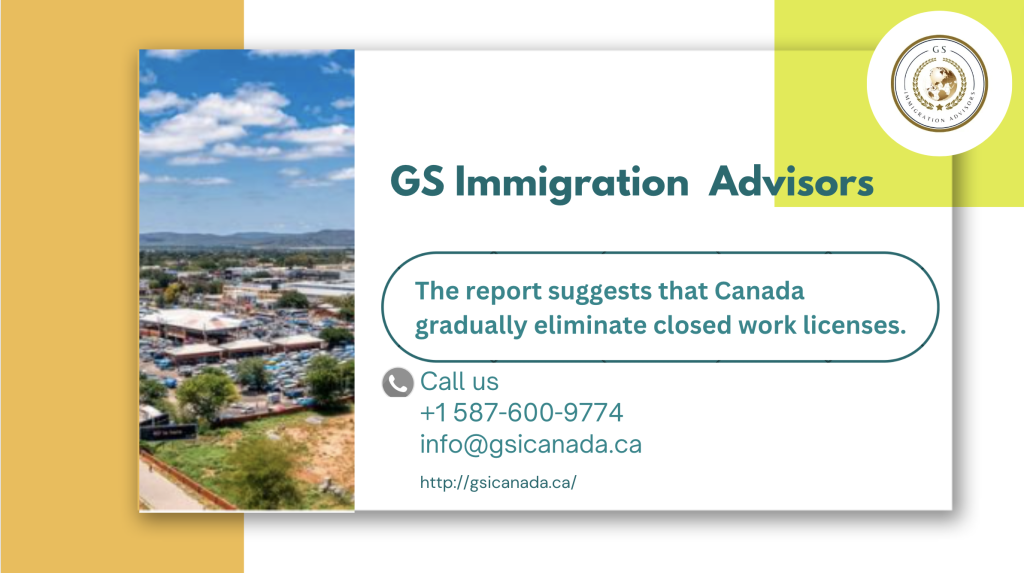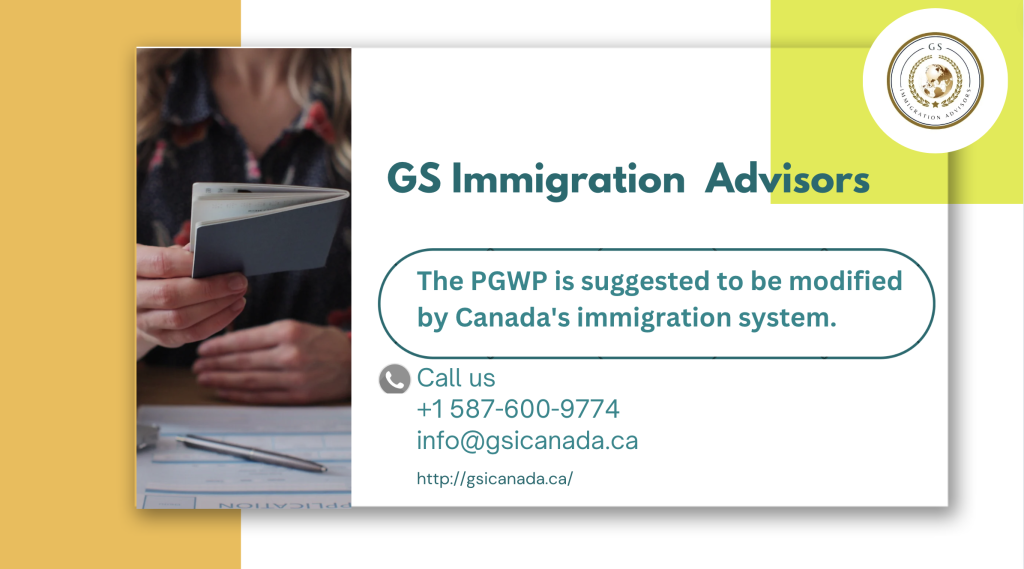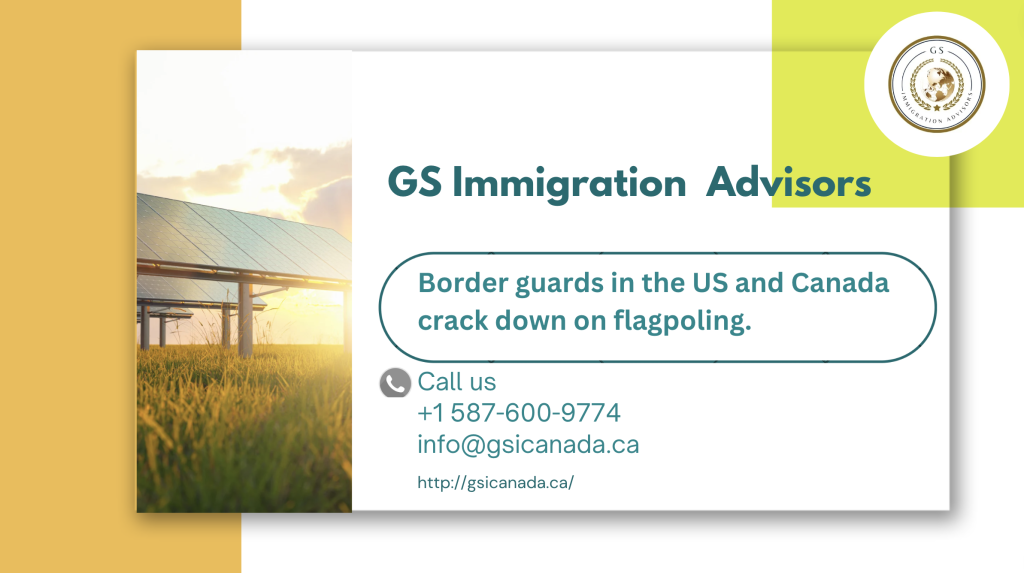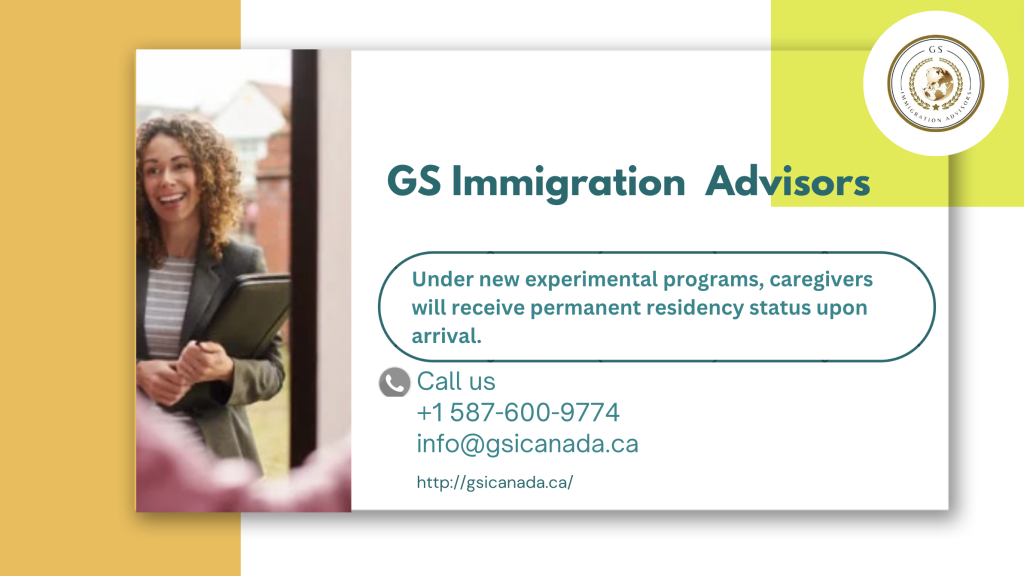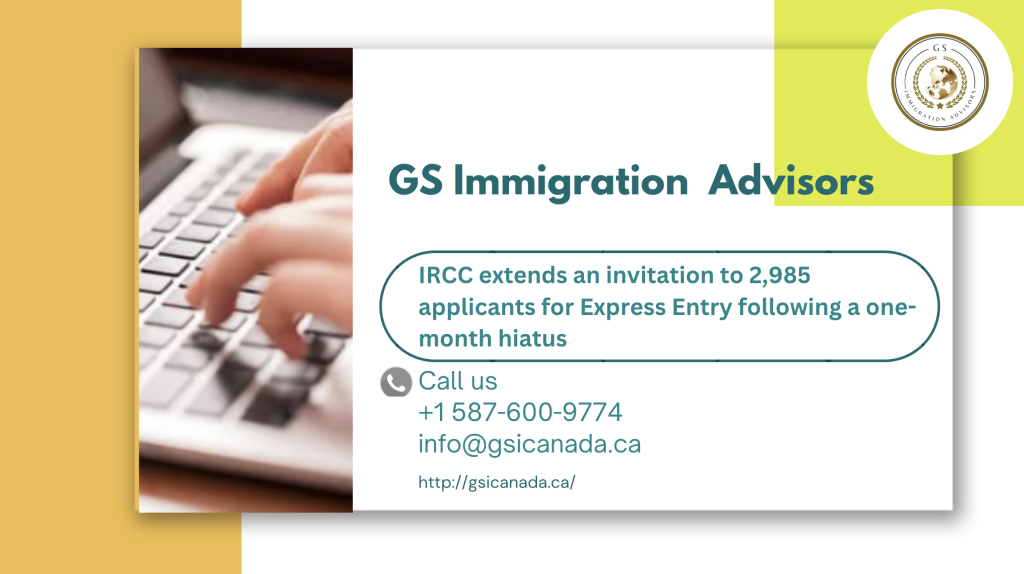The IRCC proposes a temporary solution that expedites the process of Canadian citizenship for some foreign persons.
In the past, only the first generation of Canadian citizens could confer citizenship on their offspring who were born outside of the country.
